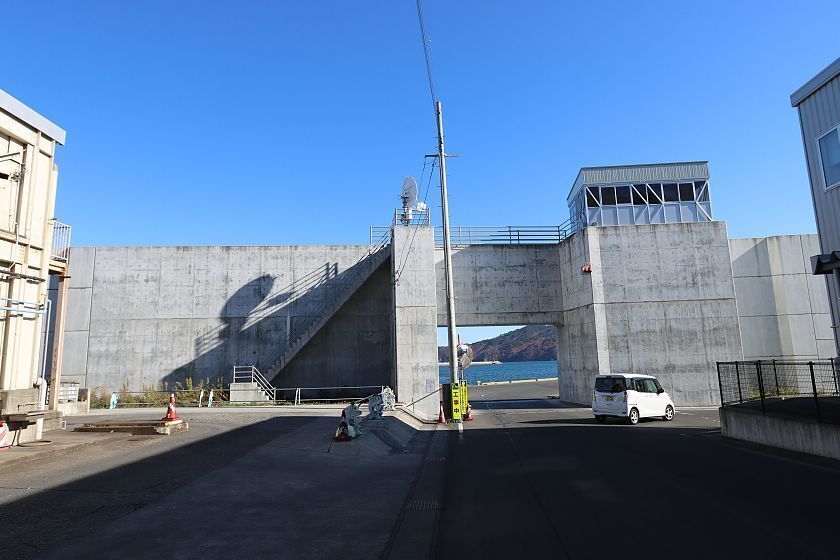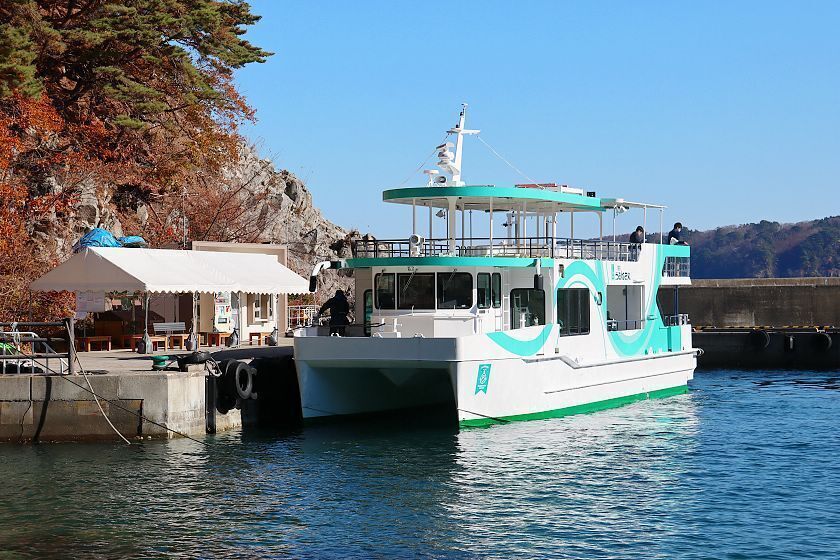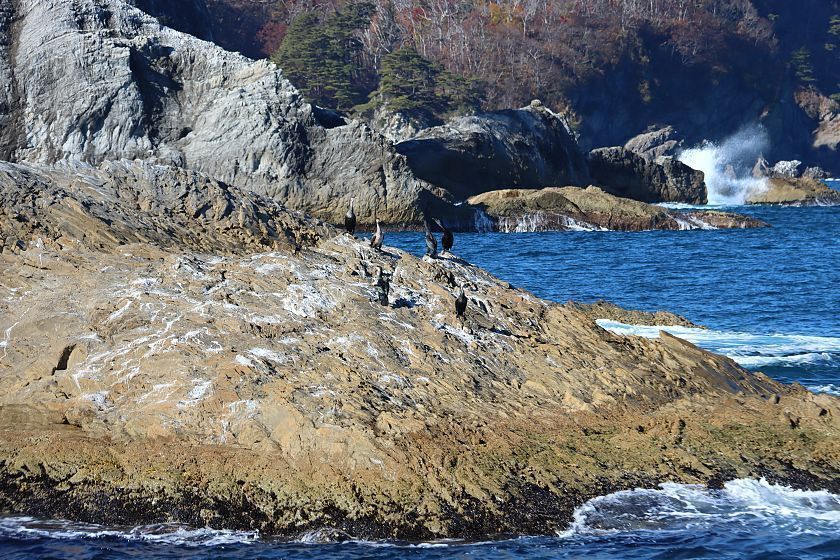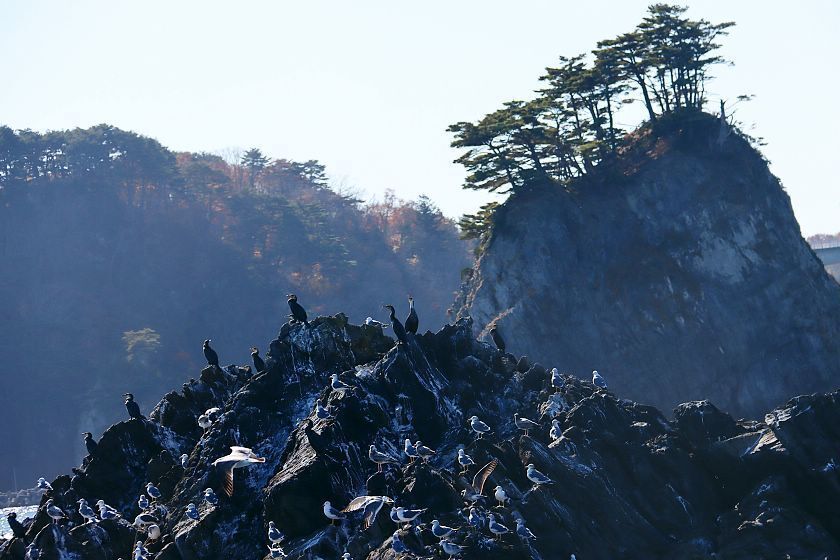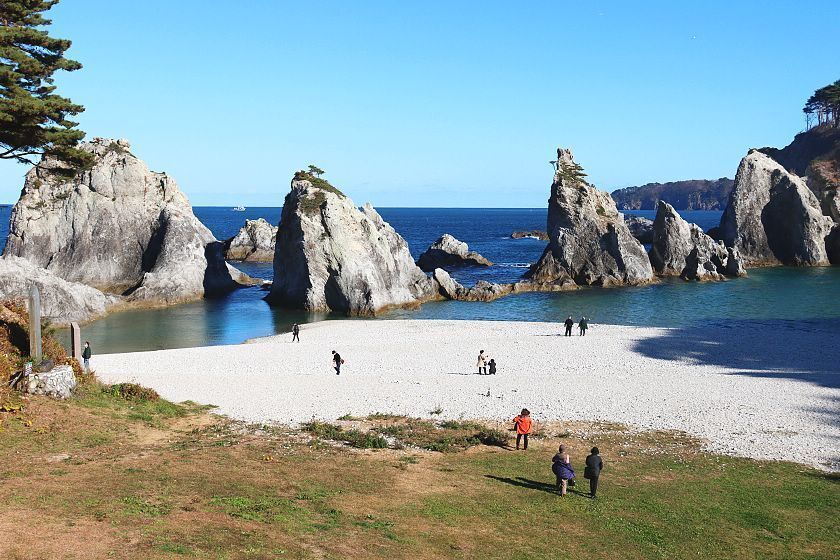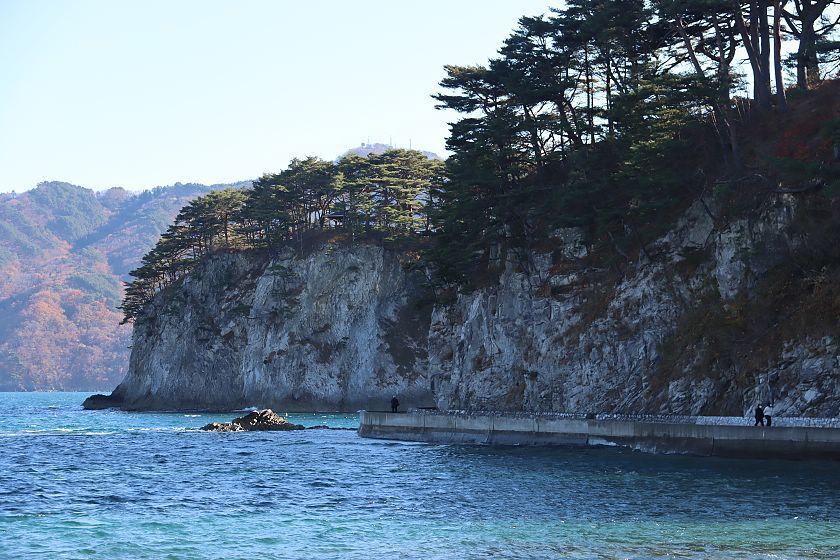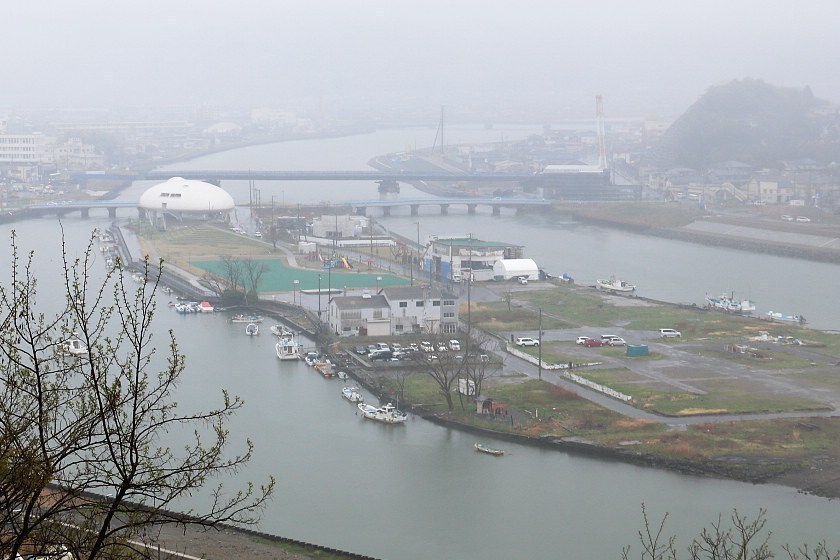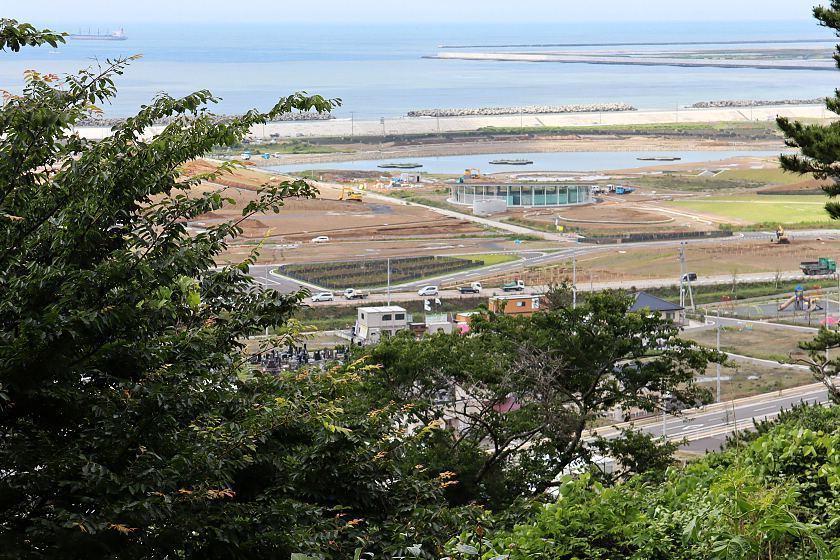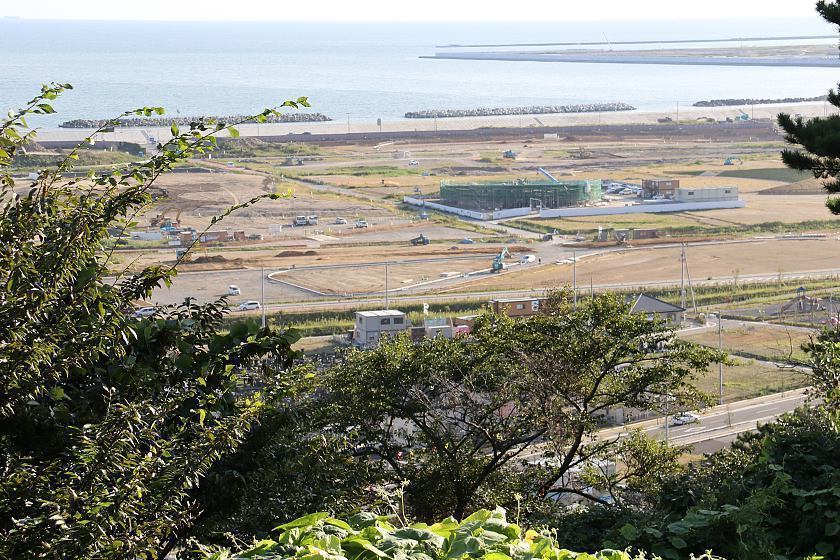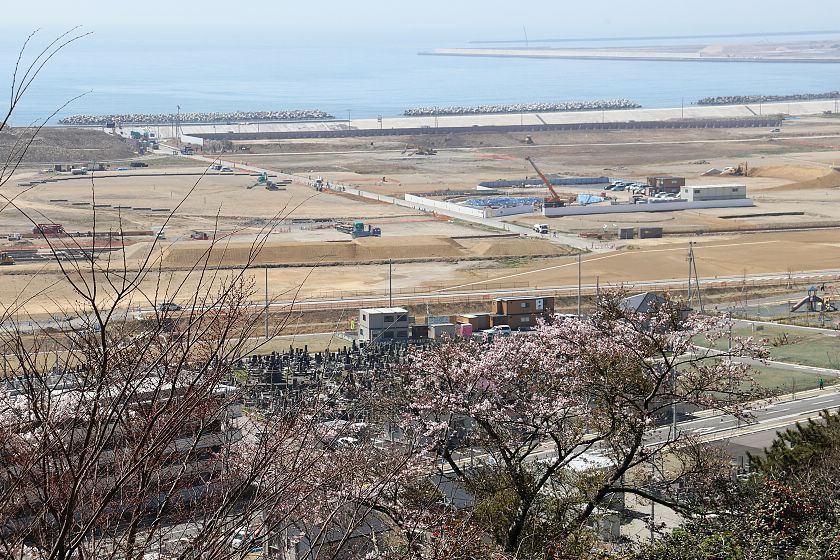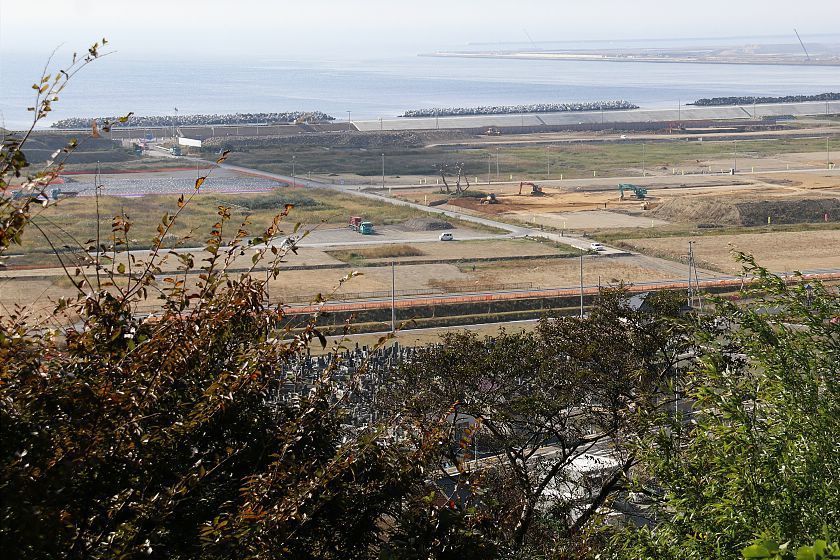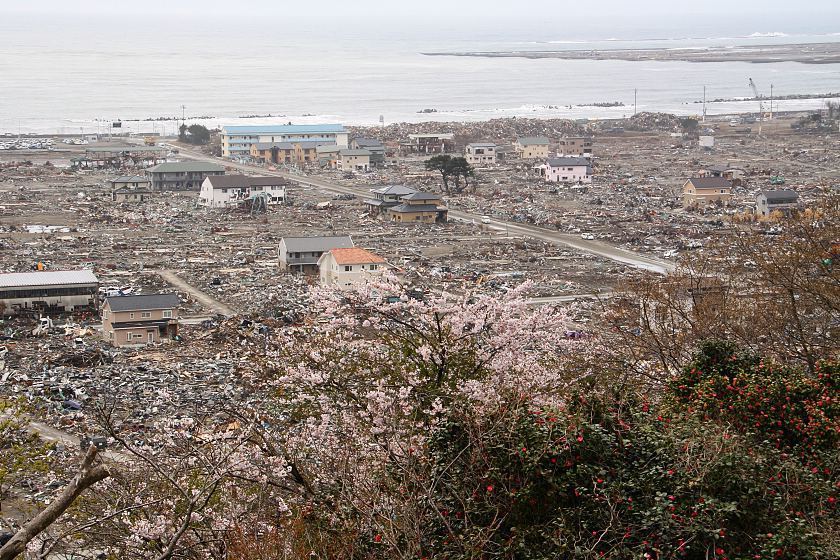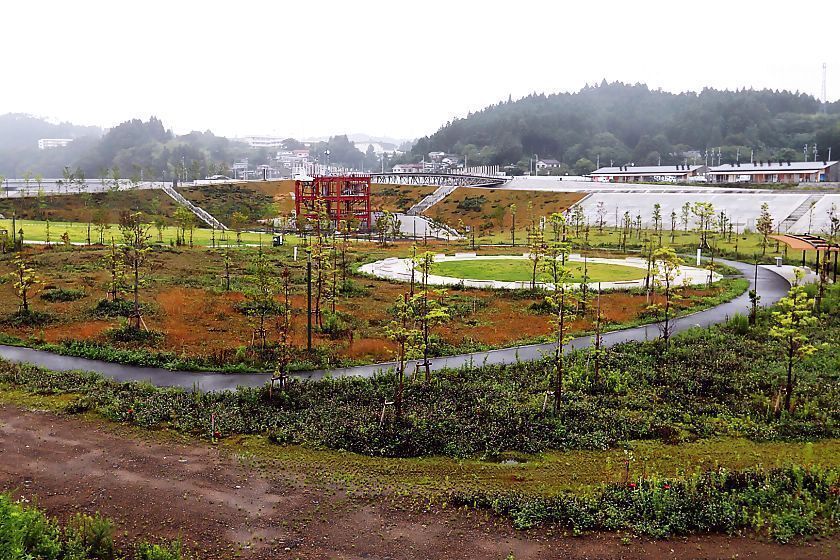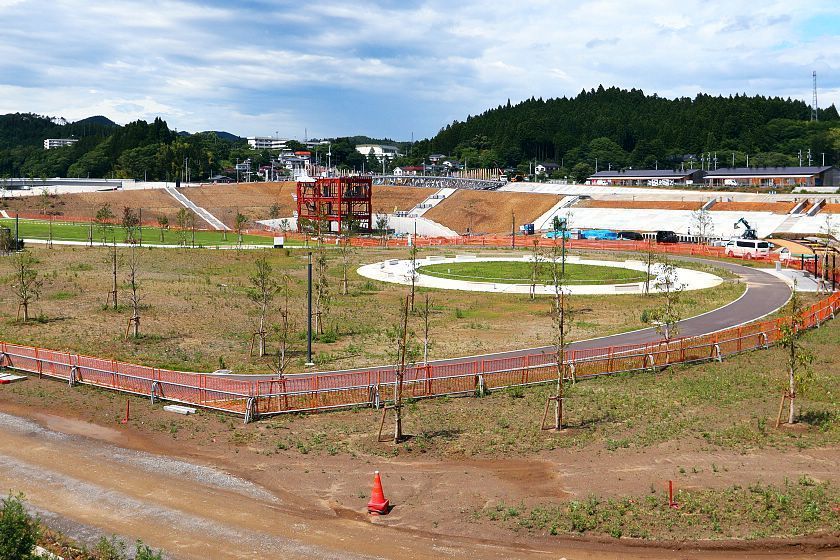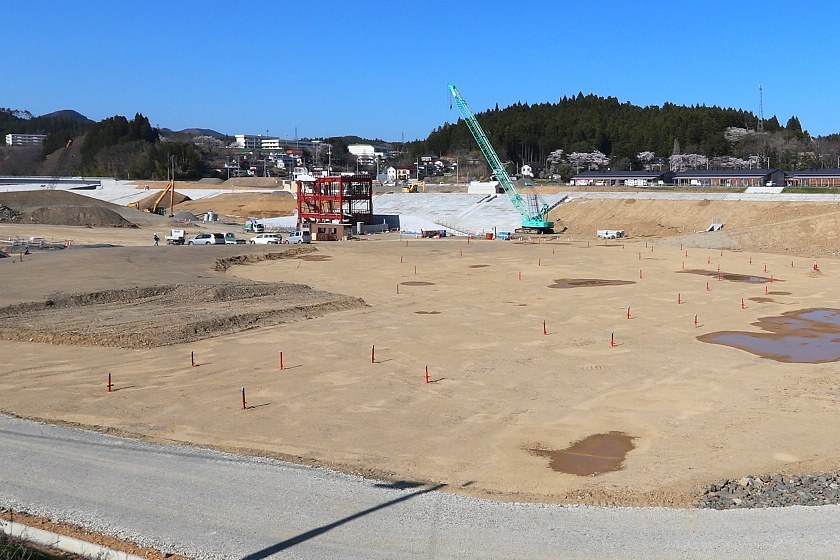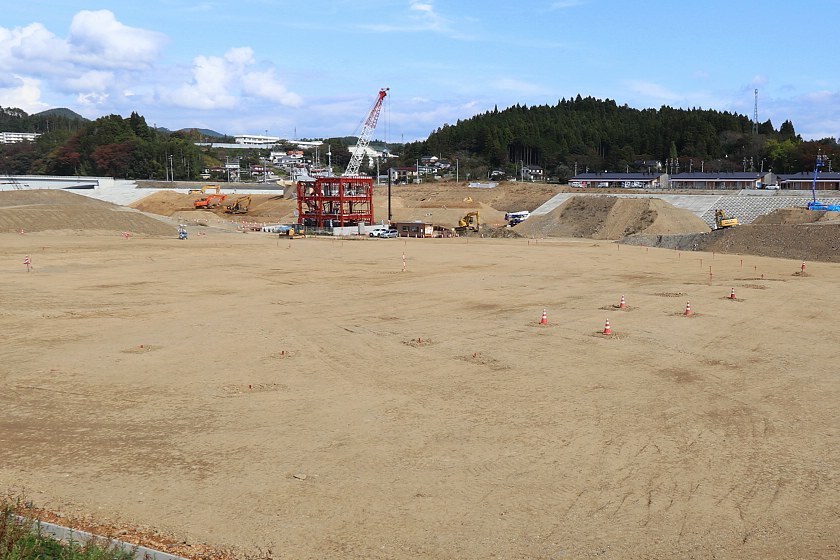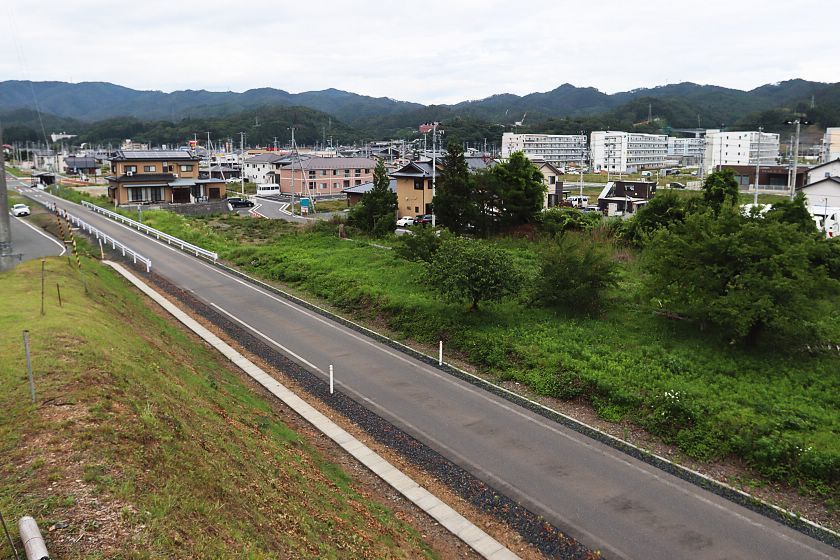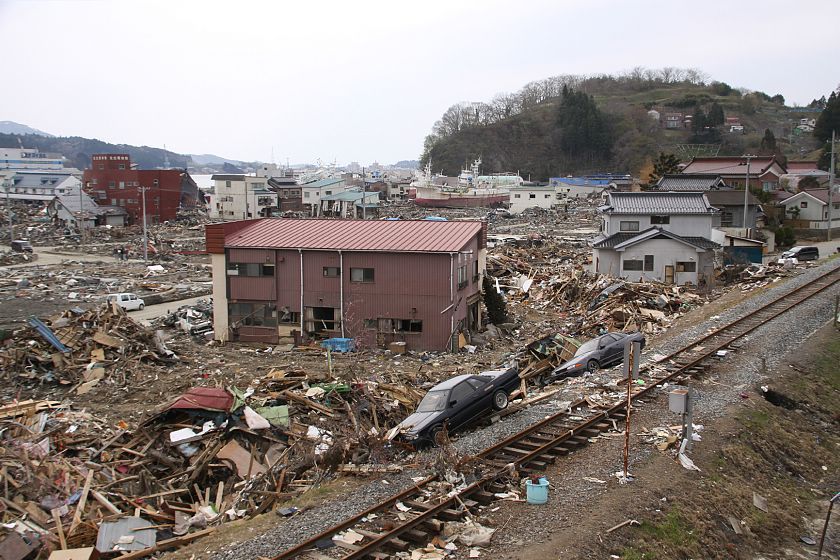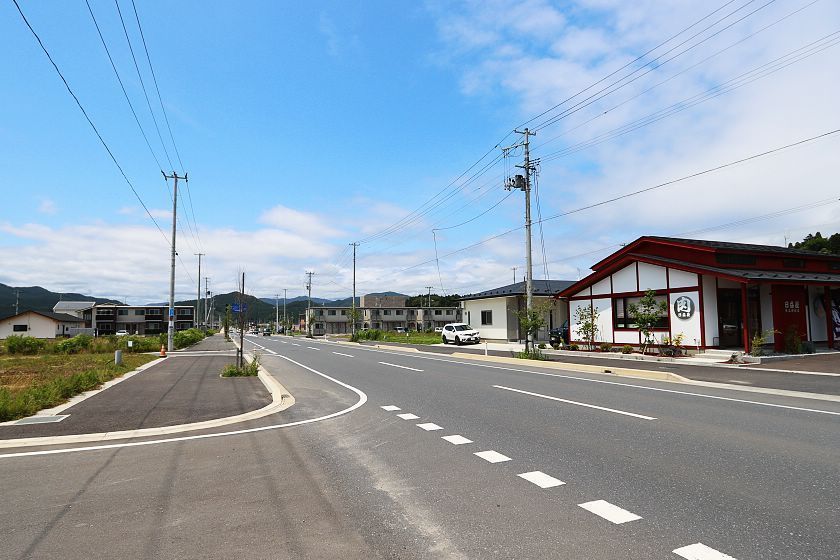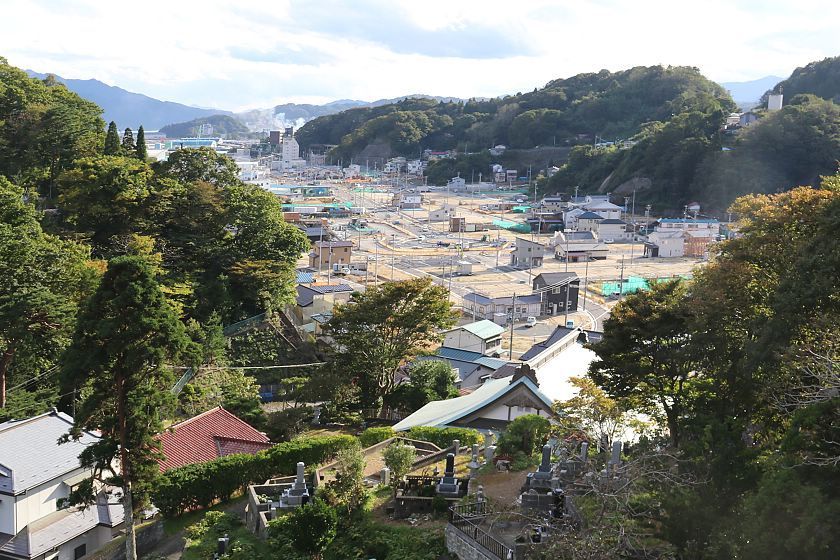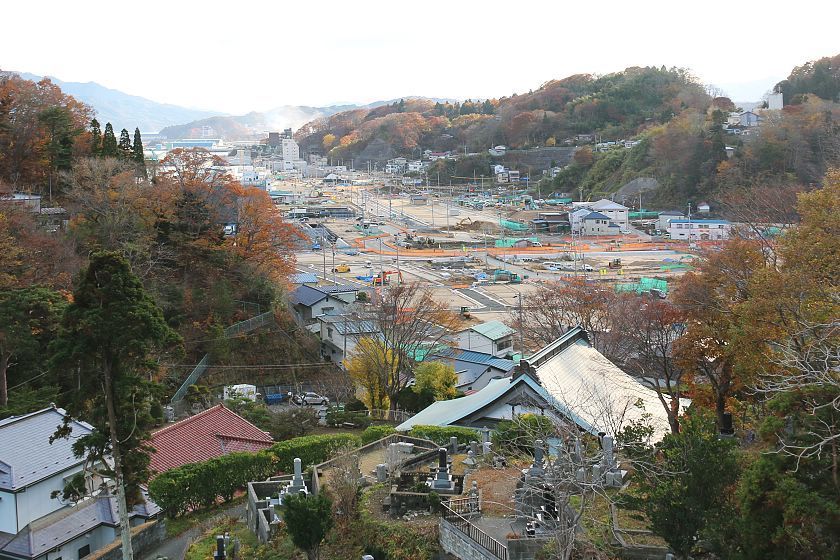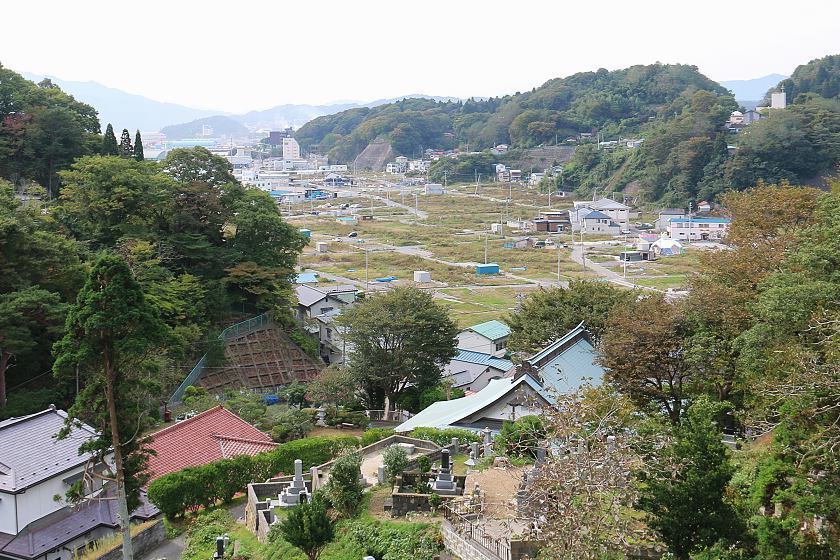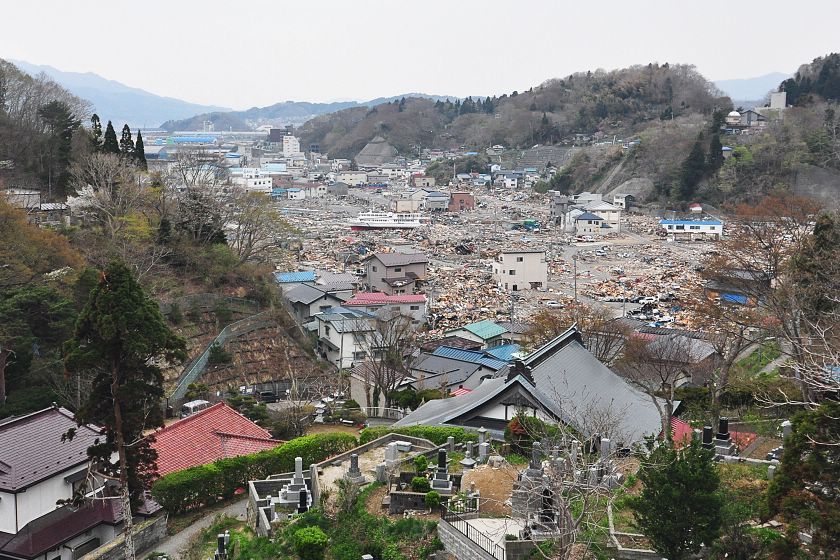Eleven years after the tsunami
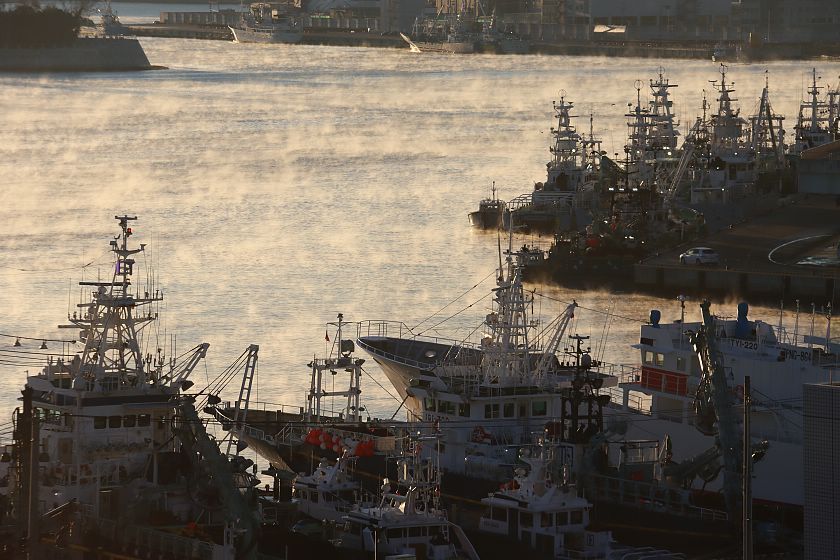
This is the 20th part of our open-ended series to document the recovery of the tsunami-hit coast of northeastern Japan where nearly 20,000 people lost their lives and entire towns were destroyed in the afternoon of March 11, 2011. Eleven years after the tsunami, we traveled from Ishinomaki to Miyako and revisited some of the worst-hit cities along the Sanriku Coast in Miyagi and Iwate prefectures on November 17-18, 2022.
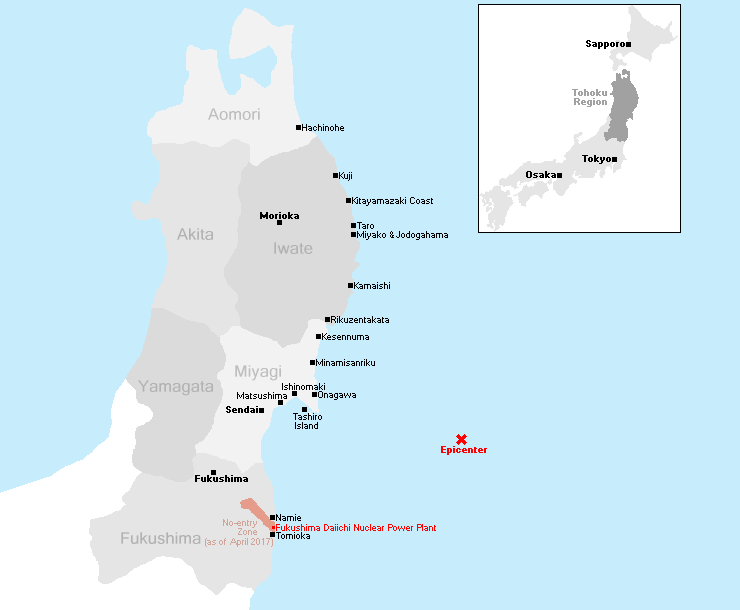
Since my previous visit, the rebuilt city centers along the Sanriku Coast have further grown livelier, as more people have moved in and additional facilities have opened. Among the new tourism-related openings were several more memorial sites and museums which I checked out on this trip. Getting around was smoother than ever before thanks to the completion of the new expressways along the coast and between the coast and the interior.
I was happy to see large numbers of - mostly Japanese - tourists visiting the region during this trip, certainly not at last thanks to the current nationwide travel discount program offered to residents of Japan. I hope that many oversea visitors will also make their way to this region of Japan to not only enjoy the scenery and some of the country's best seafood, but also to learn about natural disasters and the mind needed to deal with the destructive power of nature.
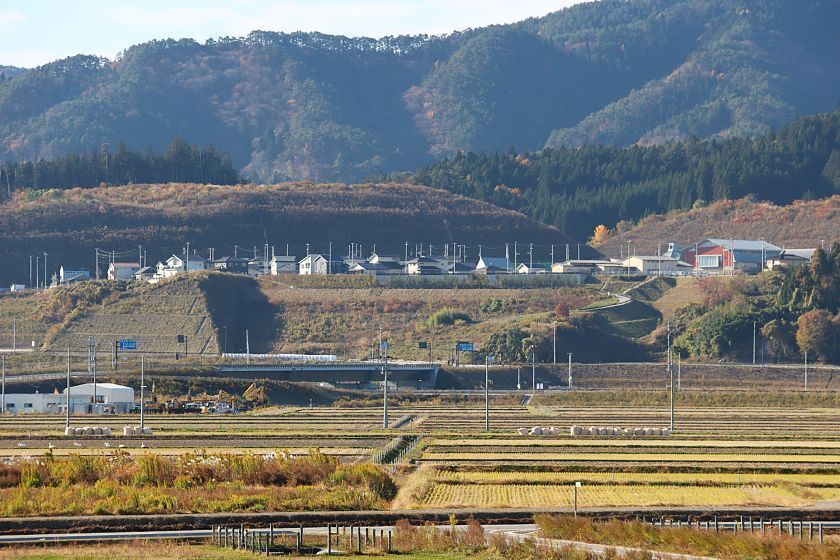
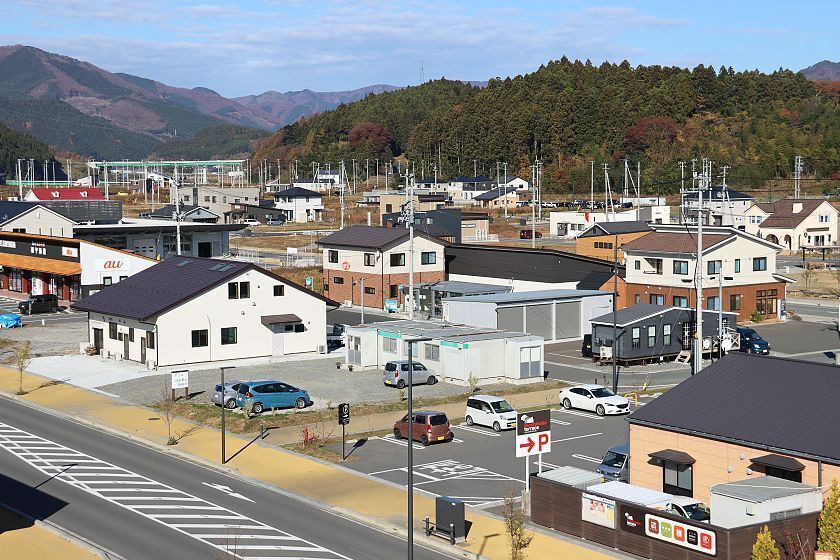

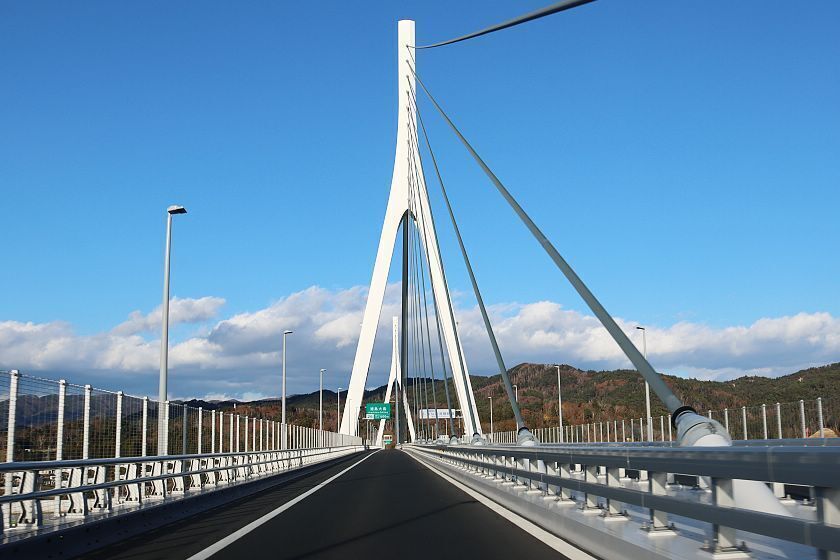
In Ishinomaki I visited the Kadonowaki Elementary School Ruins, which I concluded to be the best place in Ishinomaki for visitors to learn more about the disaster. The school is located in the coastal Kadonowakicho district of Ishinomaki, which together with the neighboring Minamihamacho district was particularly badly hit by the tsunami. Over 500 lives were lost in these two districts alone, although the elementary students were able to evacuate to Hiyoriyama, the hill located just behind the school.
A museum was opened among the ruined school building in April 2022, which not only allows visitors to see some damaged classrooms but also learn more about the disaster in general. Among the museum's exhibits were two examples of temporary housing, which used to be ubiquitous along the tsunami-hit coast for several years following the disaster as temporary homes for displaced people. It was highly educational to see their interiors.
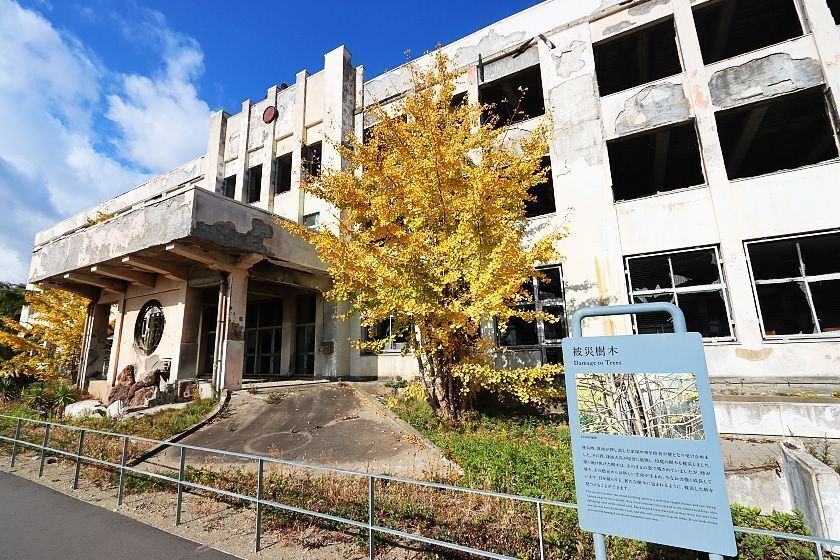
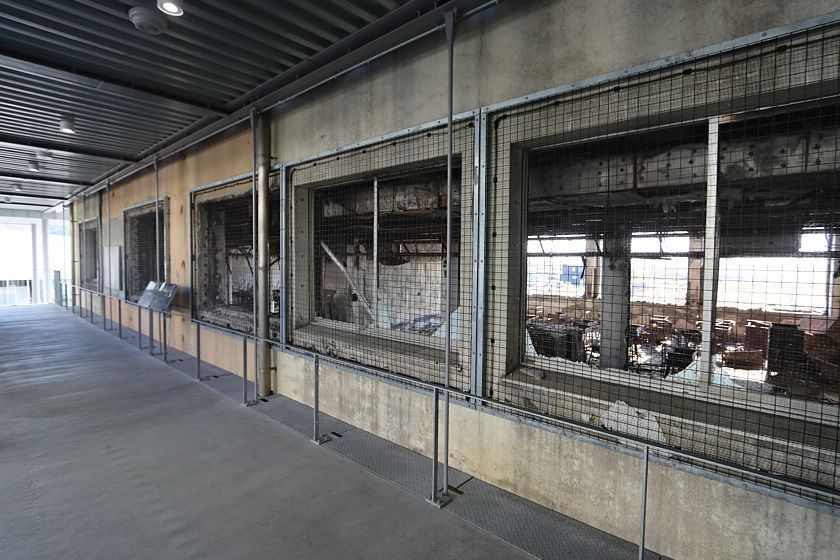
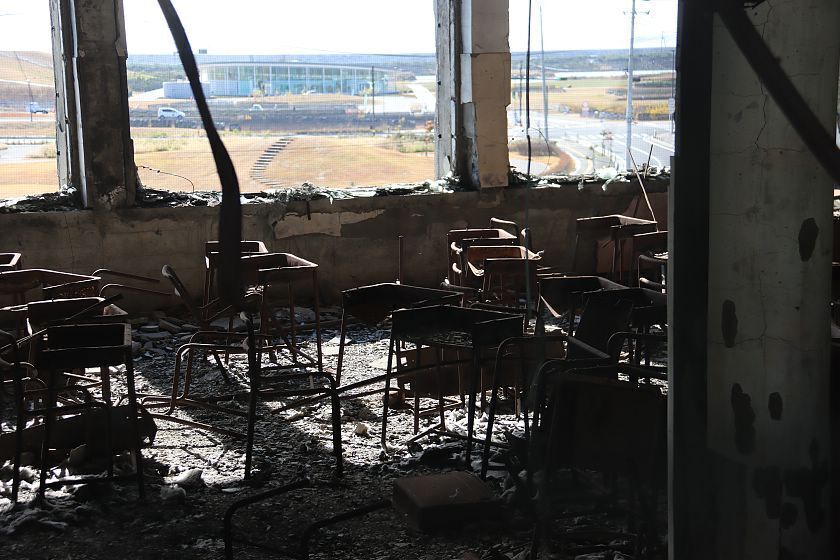
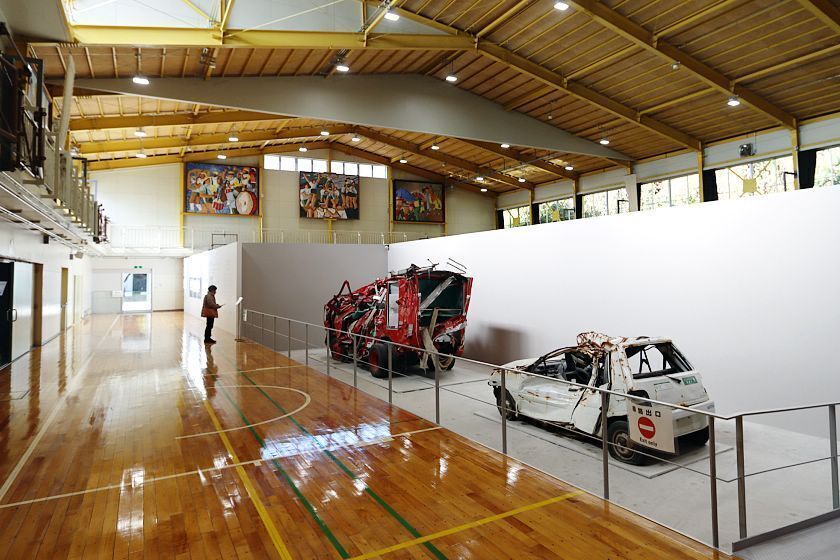
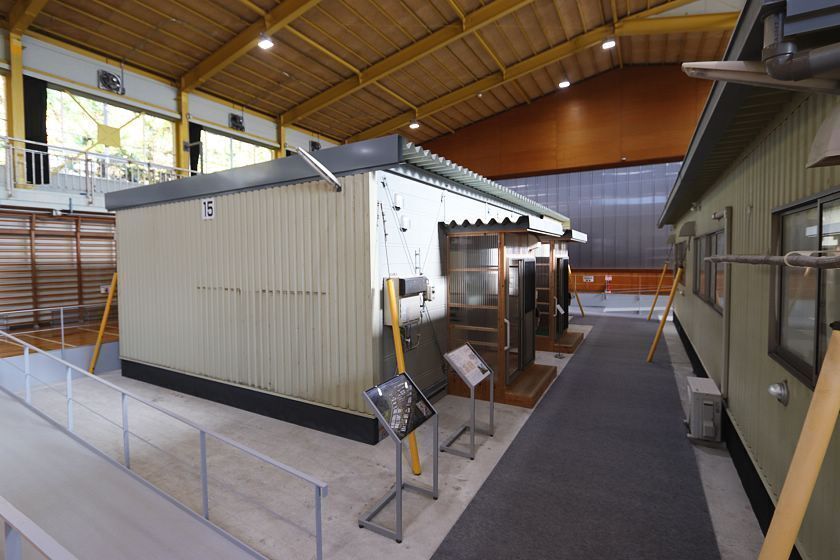
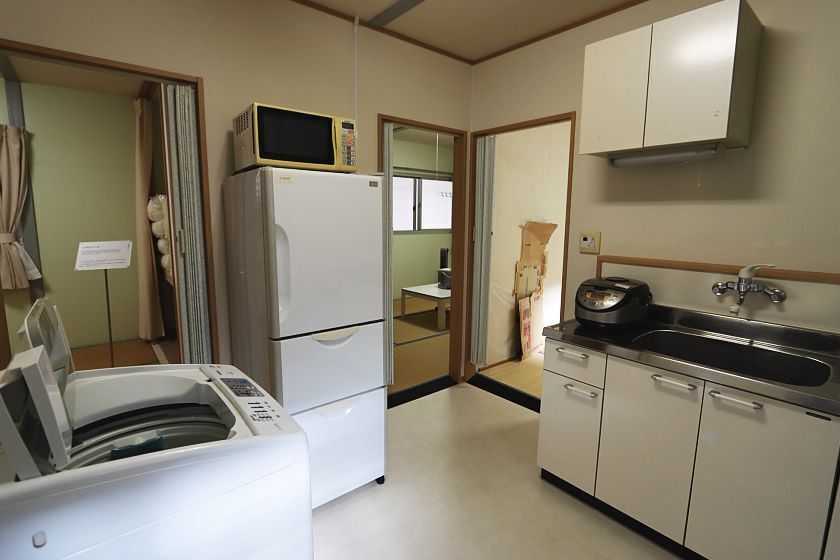
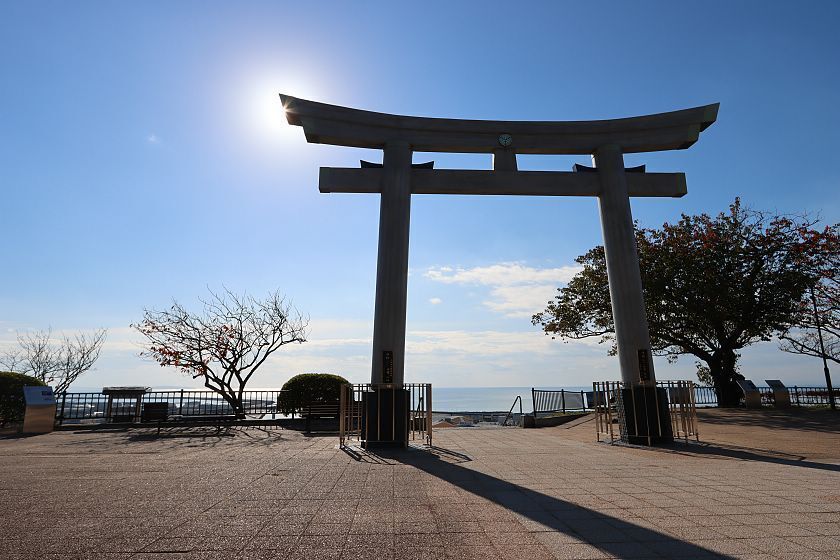

Compare: Nov 2022 - Apr 2019 - Apr 2018 - Apr 2017 - May 2016 - Apr 2014 - Apr 2012 - Apr 2011
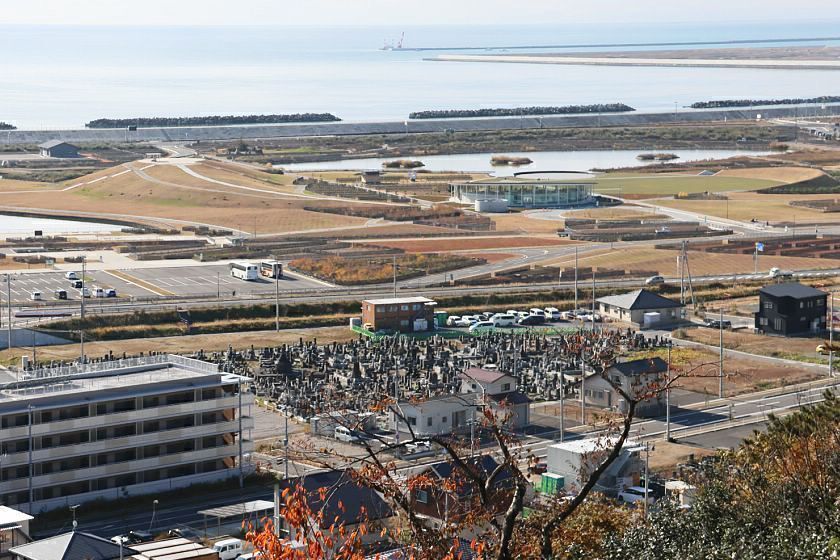
Compare: Nov 2022 - Jul 2021 - Jul 2020 - Sep 2019 - Apr 2019 - Oct 2018 - Apr 2011
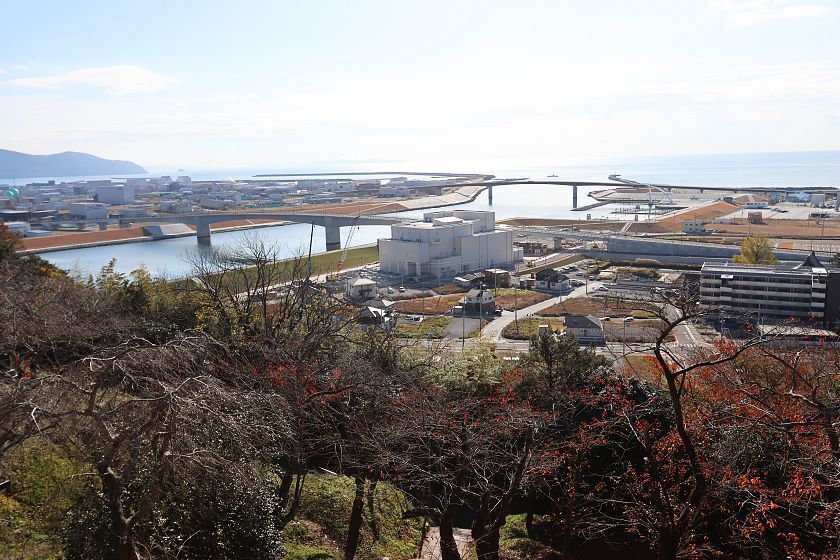
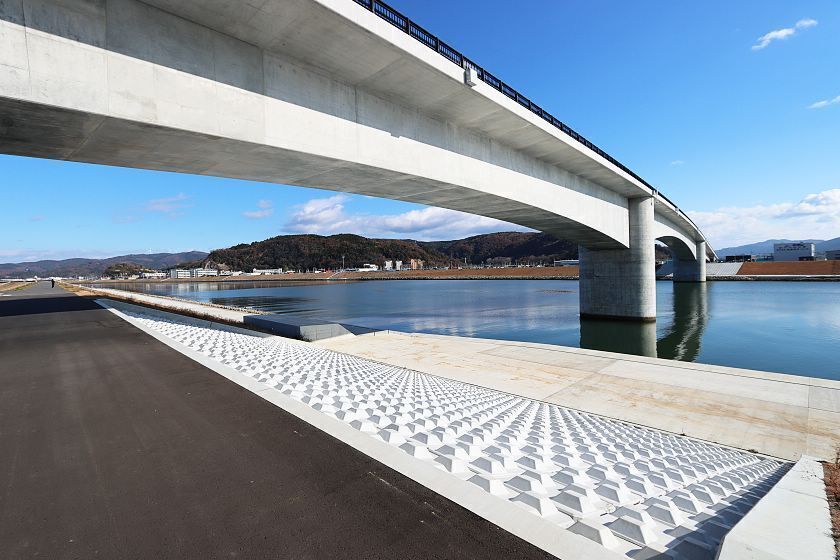
Next I visited the ruins of another elementary school, also located within the city limits of Ishinomaki. But unlike the students of the Kadonowaki Elementary School, many pupils of the Okawa Elementary School lost their lives in the 2011 tsunami, making this visit a particularly painful one. Due to the school's location over 4 kilometers inland from the coastline, the school staff underestimated the danger of the tsunami and evacuated the students to a site at an insufficient elevation, resulting in the death of 74 students and 10 staff members.
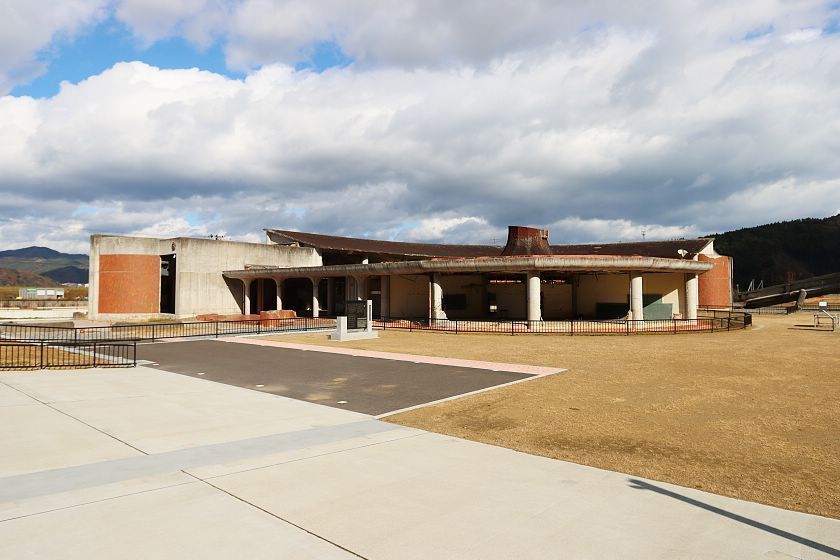

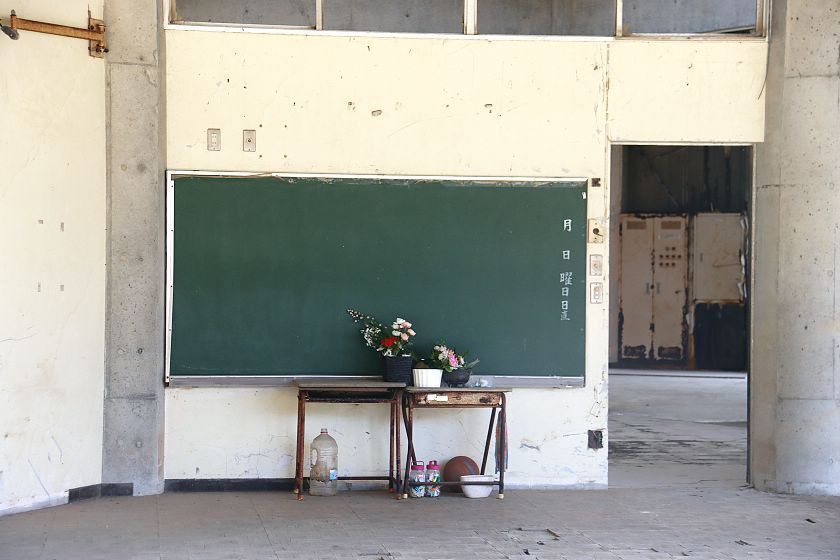
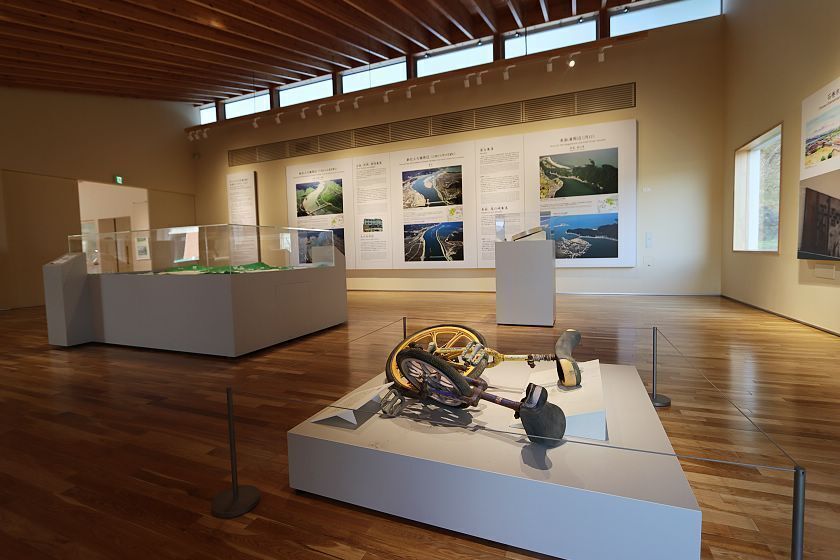
A few kilometers further north along the coast, the town of Minamisanriku has finally received its memorial museum as well, and the Minamisanriku 311 Memorial turned out to be the region's most unique.
Designed by star-architect Kuma Kengo, the museum has a small exhibition space, but its unconventional main attraction are video presentations about the disaster during which viewers are asked to discuss various disaster-related issues with the people around them at multiple times during the screenings, resulting in a much deeper experience than gained by simply watching a video and reading displays. Thanks to the availability of English subtitles, the presentations can also be appreciated by those without Japanese language skills.
The museum offers both "regular" (60 minutes, 1000 yen) and "short" (30 minutes, 600 yen) learning programs. Advance reservations are recommended, but if vacancies are available, same-day purchases at the museum are also possible.
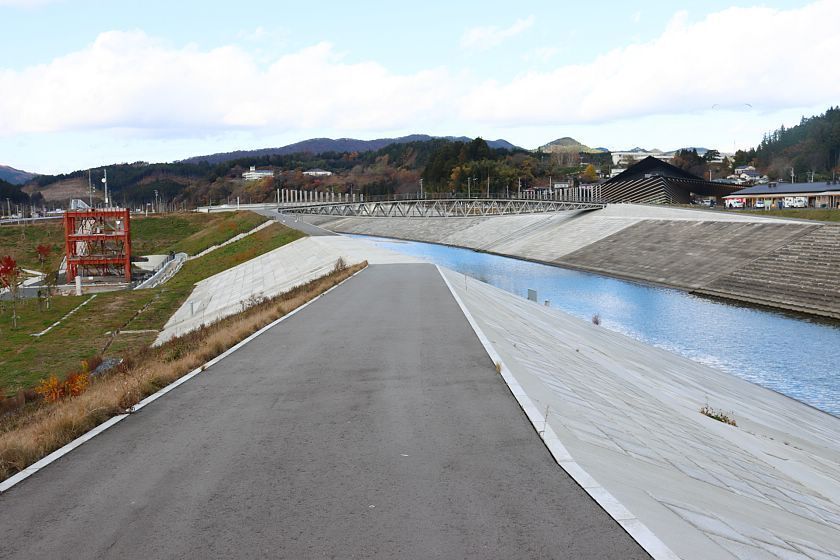
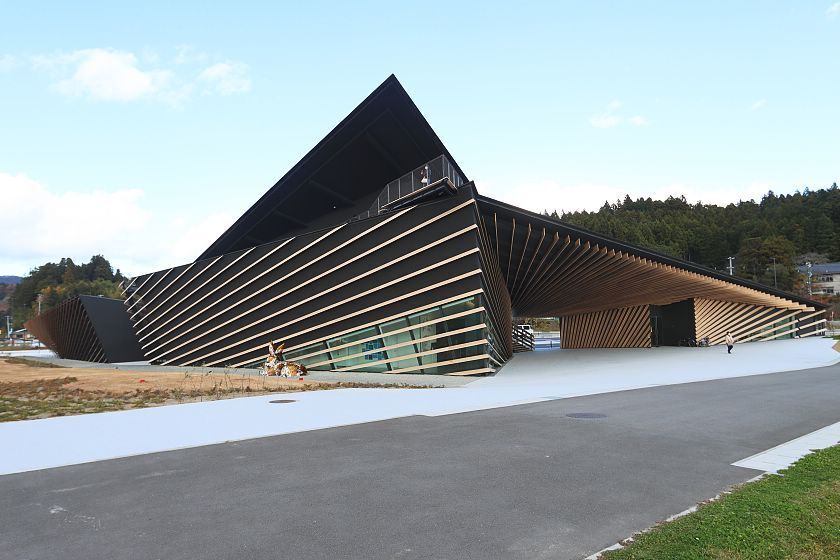

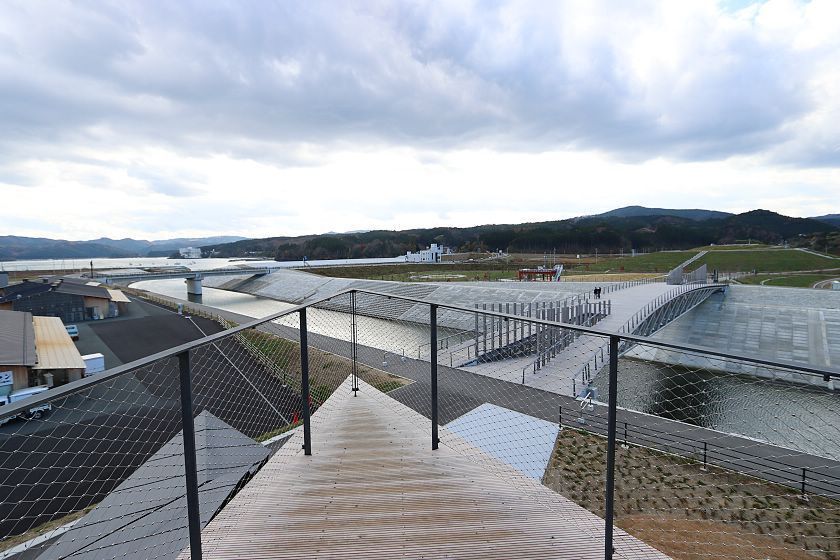
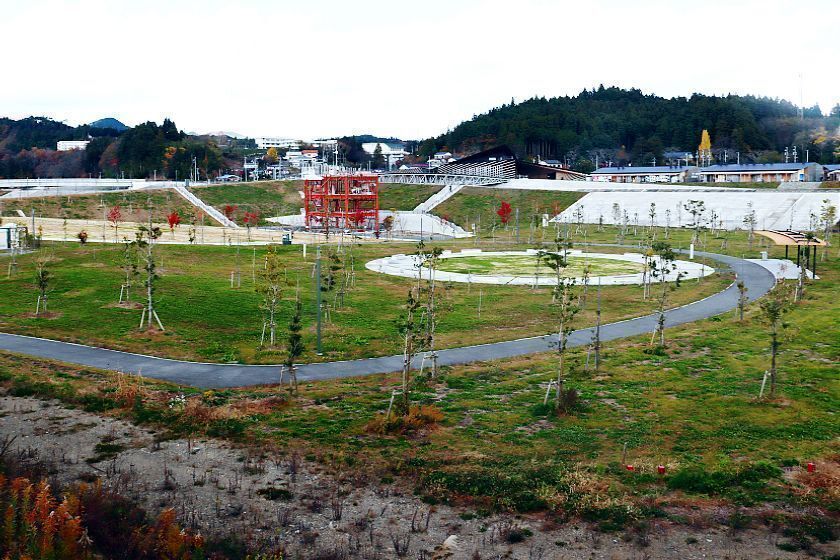
Compare: Nov 2022 - Jul 2021 - Jul 2020 - Sep 2019 - Apr 2019 - Oct 2018 - Apr 2018
In Kesennuma, work on the new central waterfront district and the new hilltop memorial park are now complete, and the badly hit Shishiori district is bustling with life again.

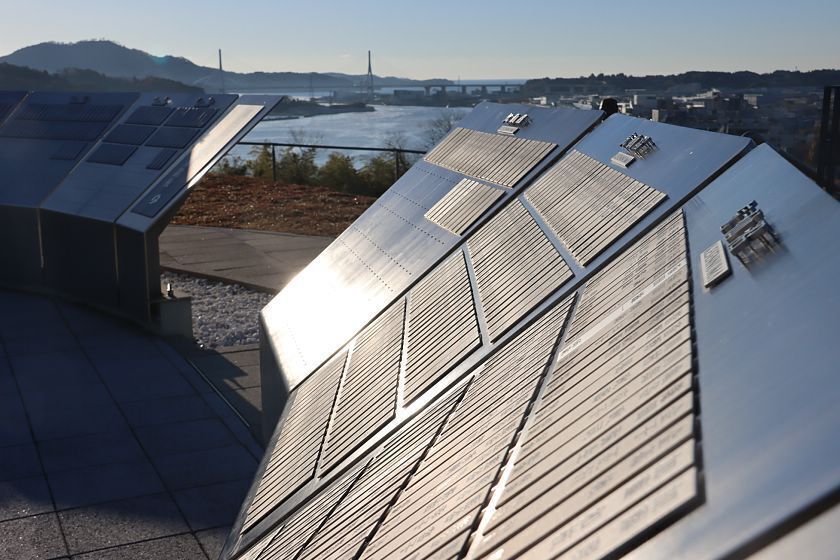
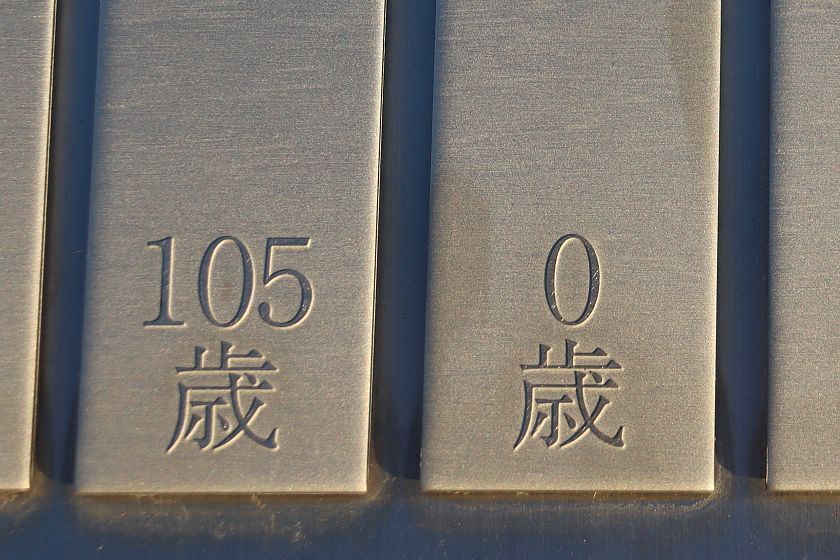
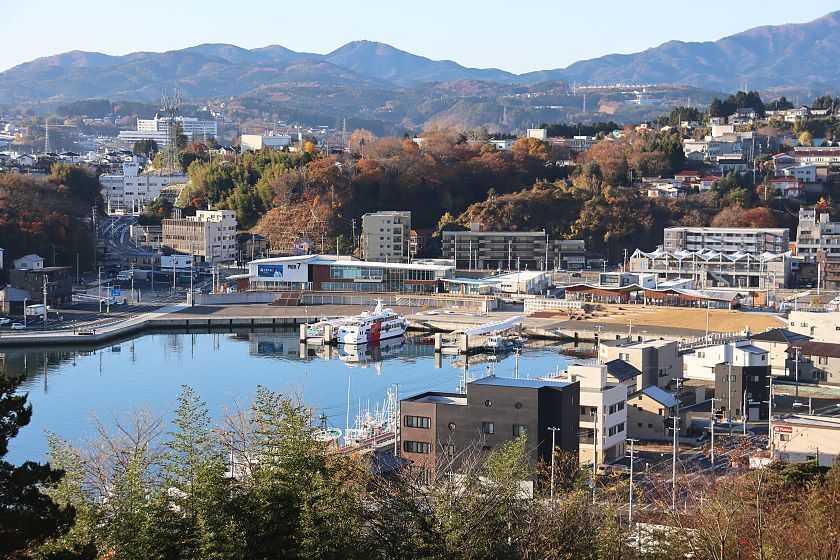
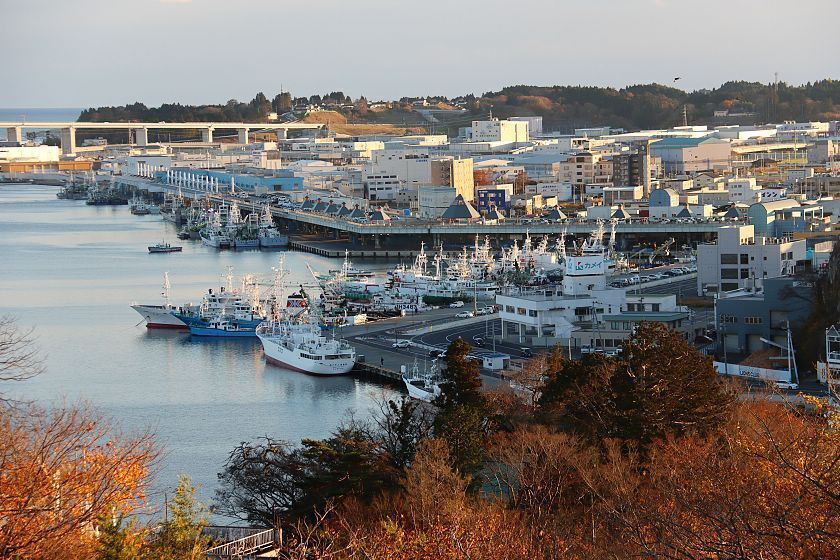
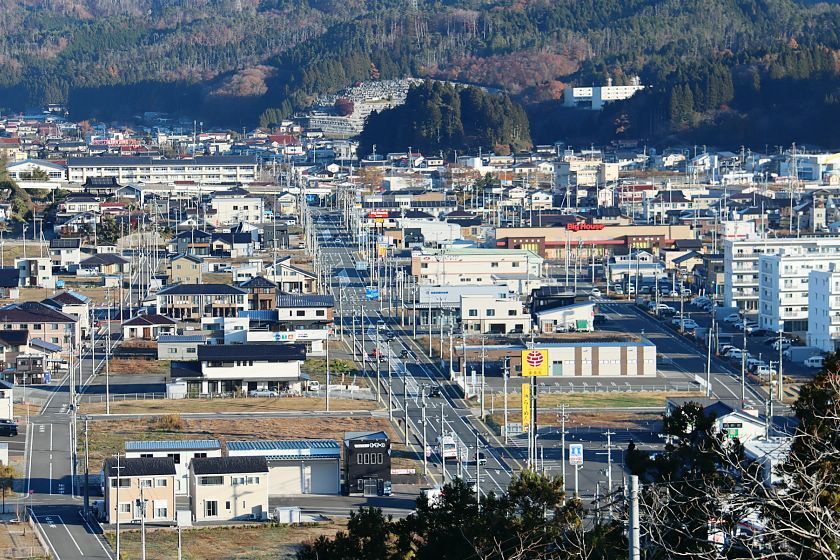
Compare: Nov 2022 - Jul 2021
In Rikuzentakata I was disappointed to find the memorial park to be closed off during the night, making early-morning walks impossible. Work on the memorial park has now also been mostly completed. In particular, construction work on the ruins of the former roadside station has finally been completed, allowing visitors to take a closer look at the damaged facilities.

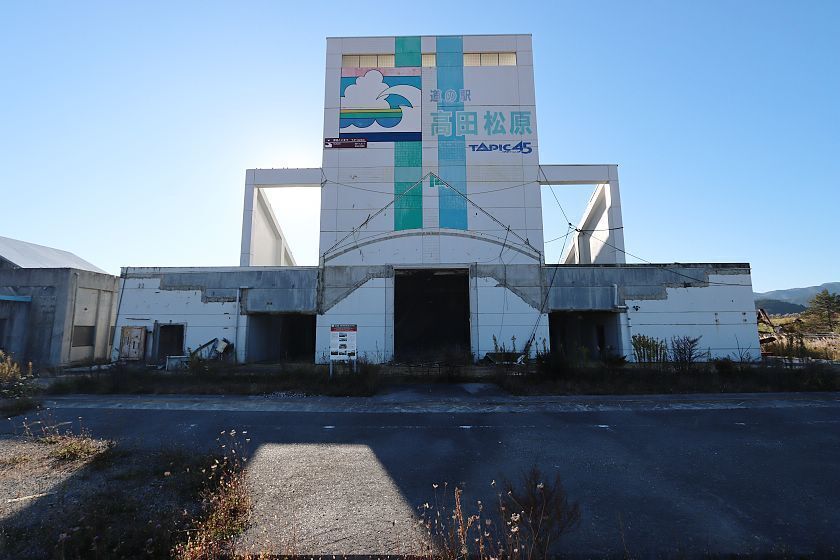
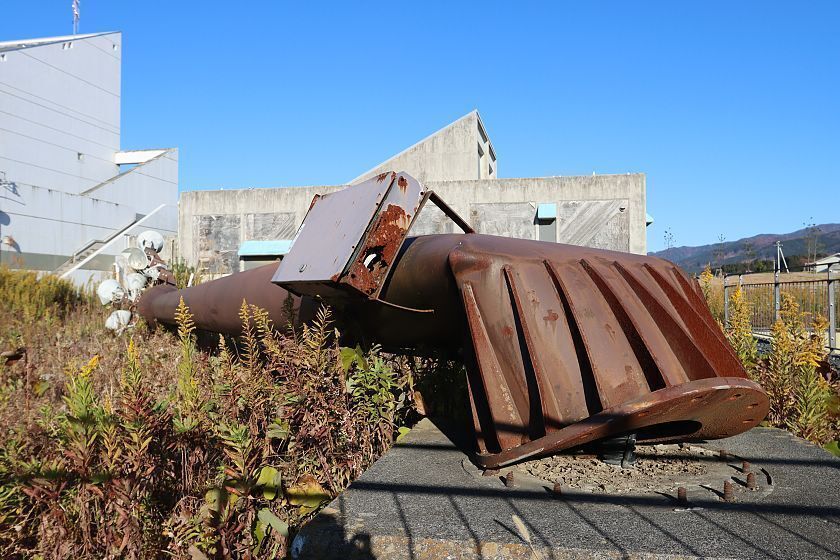

Rikuzentakata's new city center - located over ten meters higher than before - is gradually becoming livelier, as well. An attractive new addition to the district is the Rikuzentakata City Museum, which is free to enter and feature exhibitions about the local history and environment. The museum has also a rooftop deck with nice views over the city.
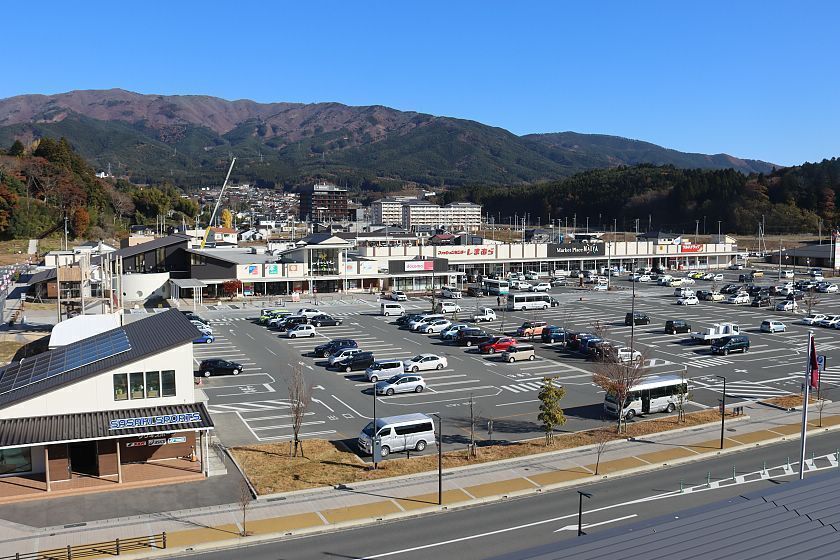
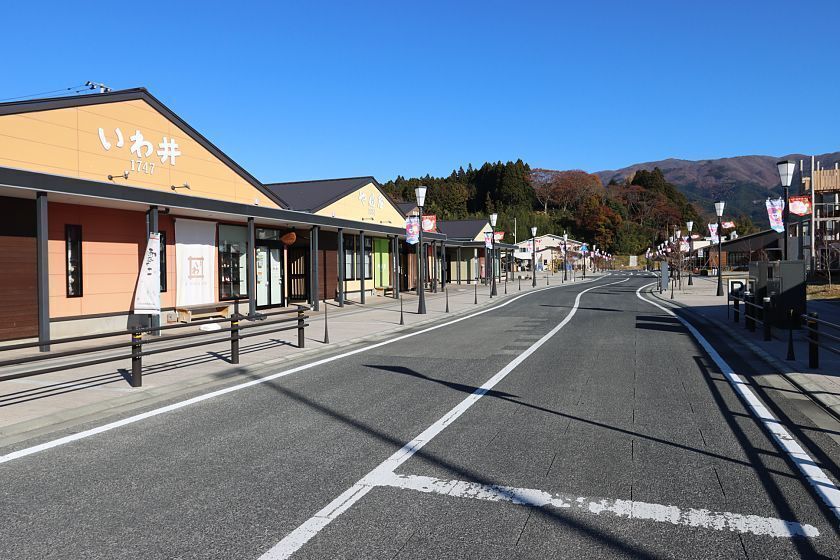
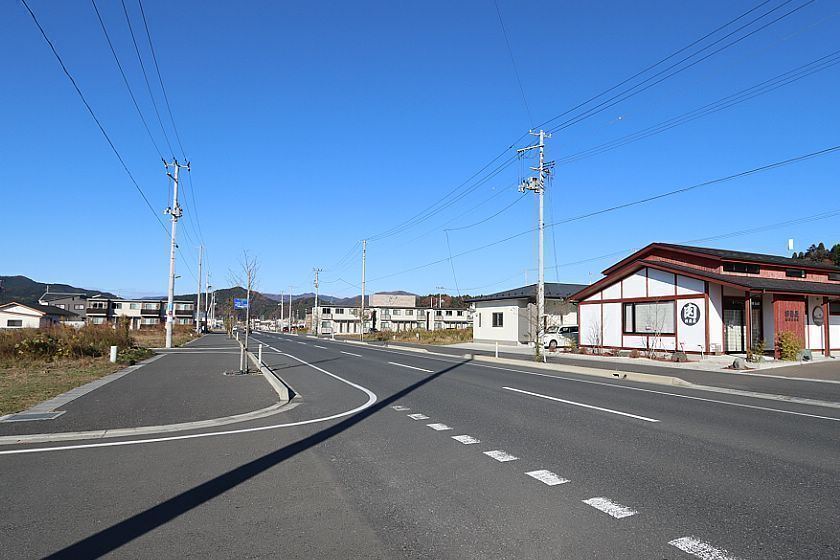
Compare: Nov 2022 - Jul 2020 - Sep 2019 - Oct 2018
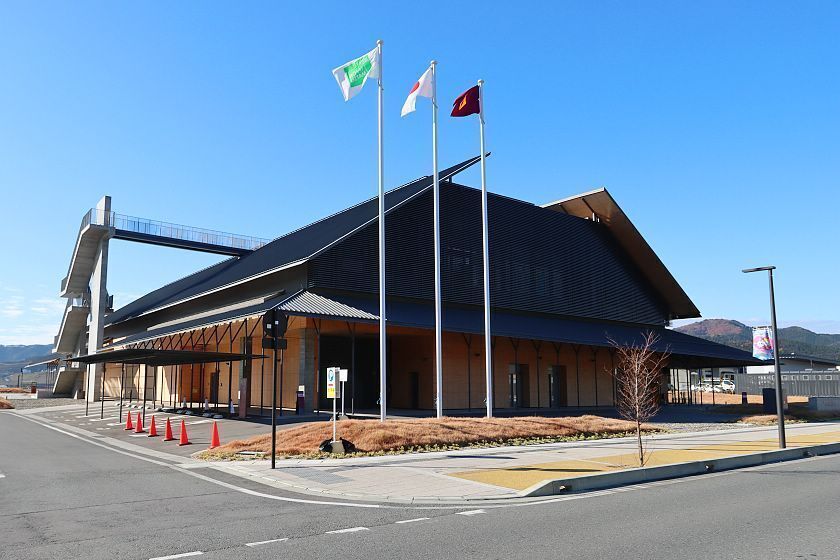
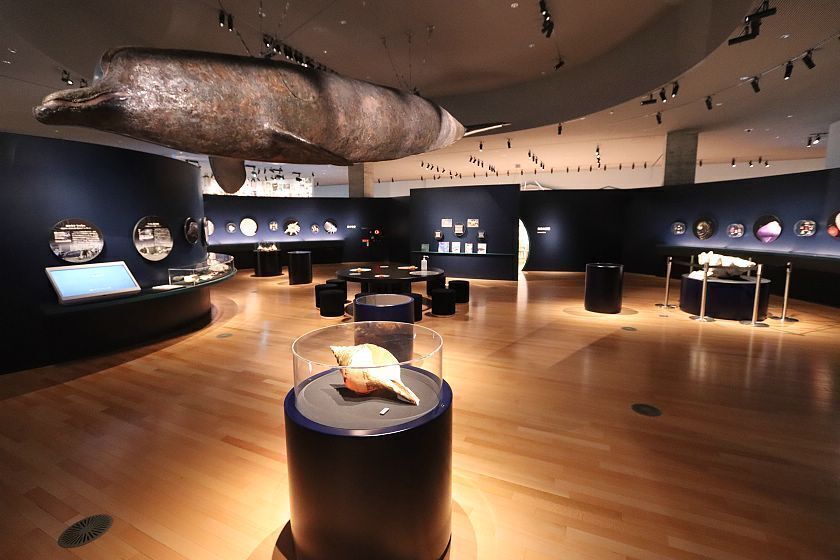

I ended my trip in Miyako where the Umineko Maru sightseeing boat cruises started operation in July 2022, six years after the previously offered sightseeing cruises had gone out of service. The cruises offer nice views of the coast around the celebrated Jodogahama Beach, and also provide transportation between the Jodogahama peninsula and the city's fishing port.
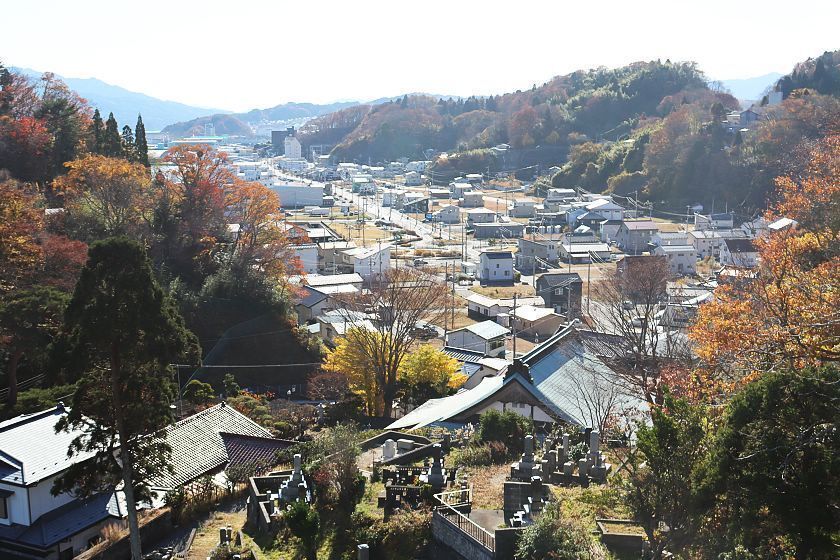
Compare: Nov 2022 - Jul 2021 - Apr 2018 - Oct 2016 - May 2016 - Nov 2015 - Apr 2014 - Oct 2013 - Apr 2011

